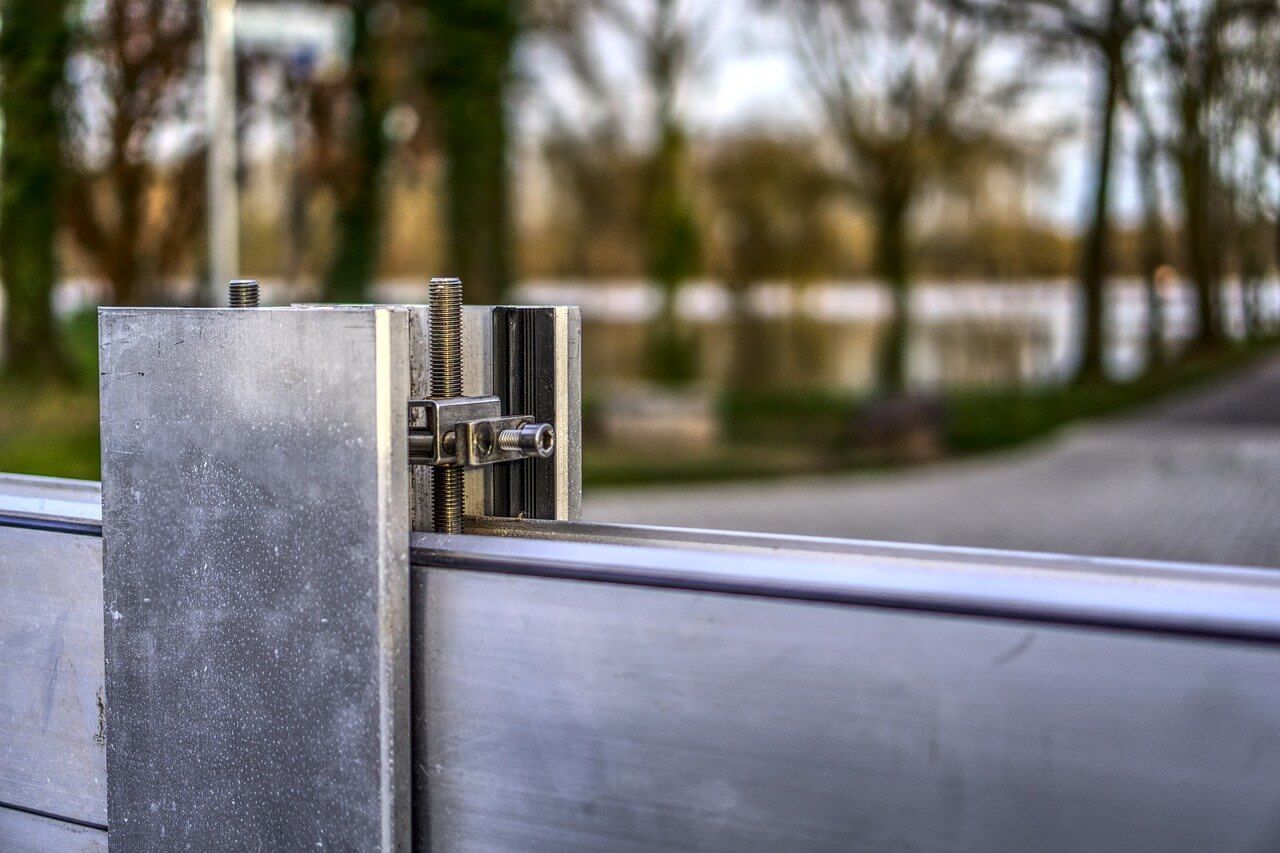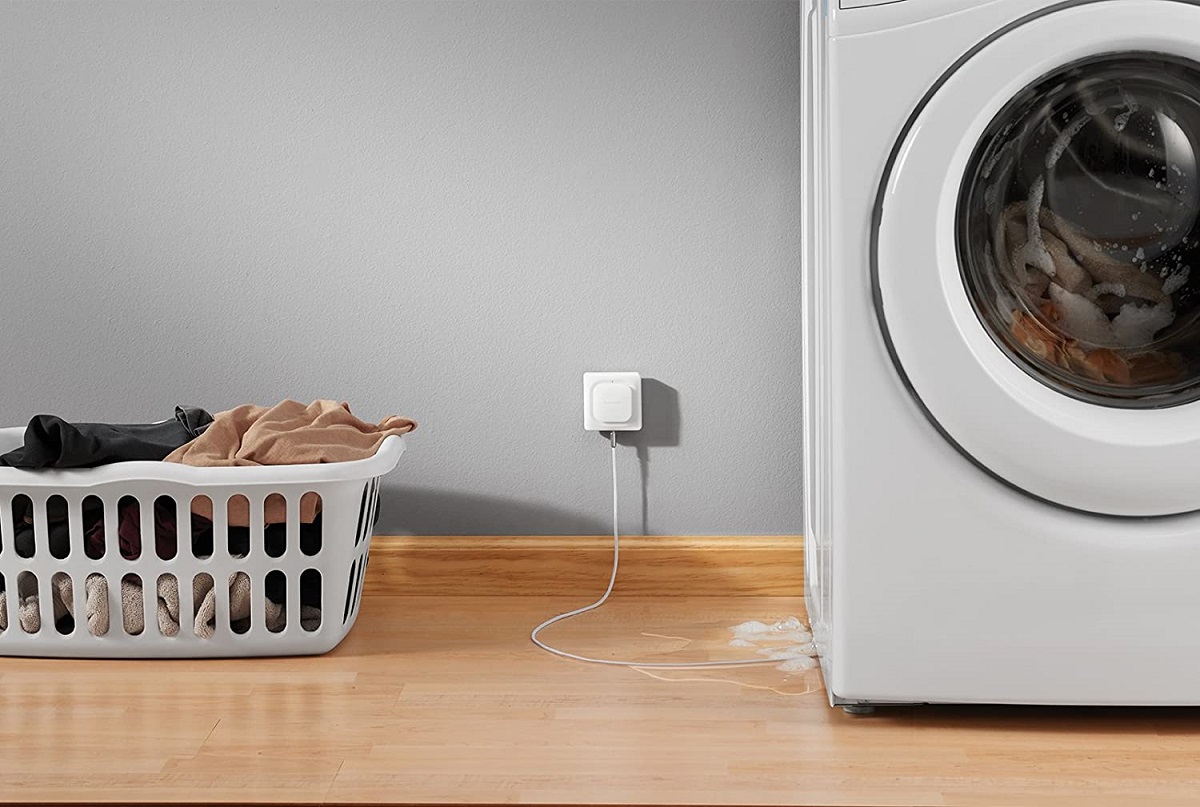It is impossible to flood-proof your home. No matter what measures you take, catastrophic flood events can be incredibly powerful and damaging. However, it’s possible to protect your home from most kinds of floods. Flood protection involves two things: flood resistance and flood resilience. Read on to learn more on how to protect your home from flooding.
Flood Resistance

The best protections against flooding are those that keep the water from entering your home. Do not rely on a single method of protection. It may fail when you need it most or it may not be enough to keep out floodwaters.
We recommend using multiple ways to resist floods.
The easiest method is using flood barriers. There are two types of flood barriers: those that expand when they come into contact with water and permanently installed barriers.
Expanding barriers are great if you want an affordable protection against floods. If it’s raining or about to rain, lay the barriers where the water is likely to come in. As soon as the water touches the barrier, it begins to absorb water and swell. This stops water from passing through.
Expanding barriers can also be used to divert water from the house. Lay a few of them in such a way that they channel water away from the entry point.
Permanent barriers or flood boards are installed in-front of doors. They are made from a waterproof board and are usually high enough to protect against high floodwaters.
You can also install a rubber flood barrier under your garage door to keep water from flowing into your garage.
Other ways to improve flood resistance include:
- Installing airbrick covers to prevent entry of water into the house.
- Fitting non-return valves on plumbing to prevent water from backing up in the toilet, sink and drains when it floods.
- Installing window flood barriers. These are similar to the flood barrier boards used for doors.
- Raise your homes threshold to make it harder for water to get in through the front or rear door.
Flood Resilience
Because there’s no flood resistance method that guarantees complete protection, you should consider the possibility of water entering your home.
This is where flood resilience comes in. It involves reduce the amount of water damage inside your home. This lowers repair costs and allows you to get back to your home in less time.
To create a flood resilient home, walk around the house checking everything that is at a high risk of water damage. This includes electronics, flooring and valuables.
Here are some tips to improve your home’s flood resilience.
- Install electrical outlets, wiring and fuse boxes at least 1.5m above the floor. This will increase the chances of continued power even when floodwaters get in.
- On the same note, electronics including the TV, music systems and small appliances should be placed high above the floor. Replacing an expensive TV damaged by water will add to your recovery costs.
- Use materials that are resistant to flood damage including steel, plastic, wood, marine-grade plywood, concrete and ceramic tiles. Avoid materials like chip boards and fitted rugs (use area rugs instead). With the right materials, you probably won’t need to do extensive renovations after a flood.
- Keep valuables and important documents in waterproof storage.
Indoor Flooding

Just because you live in an area with a low risk of flooding doesn’t mean you don’t have to worry about water damage in your home.
Flooding can happen from inside the house as well. A burst pipe, a blocked drain or a faulty pump can send water all over the floor.
Luckily, indoor water protection is easier and cheaper. The most important thing is to detect the problem before it gets worse. Even a small leak that goes unnoticed can lead to serious water damage.
Invest in a few water leak detectors. Get one of those that monitor water flow through pipes. It’ll warn you if there’s a dripping faucet or a leak somewhere.
In addition, get a contact water detector that you can wrap around an at-risk pipe or put on the floor near where it is likely to flood such as near a washing machine.
Some water detectors have a wireless feature that alerts you to a leak wherever you are on your phone. Others have a loud siren that goes off if they detect water.
It’s also a good idea to keep a few expanding flood barriers around. It can help you stop water from a burst pipe or an overflowing tub from spreading to the rest of the house.







